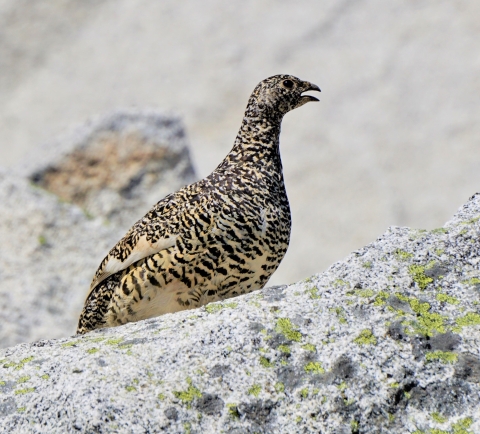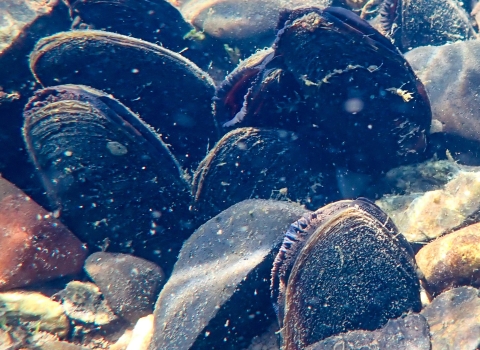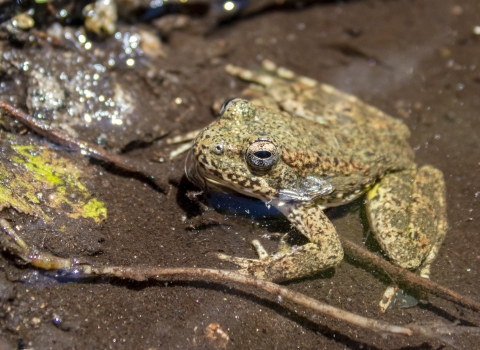LACEY, Wash.– A bird that spends its entire life near mountaintops in the Pacific Northwest is likely to become in danger of extinction as a result of climate change climate change
Climate change includes both global warming driven by human-induced emissions of greenhouse gases and the resulting large-scale shifts in weather patterns. Though there have been previous periods of climatic change, since the mid-20th century humans have had an unprecedented impact on Earth's climate system and caused change on a global scale.
Learn more about climate change , the U.S Fish & Wildlife Service has announced. Following a rigorous review of the best available science, the Service has finalized a listing of the Mount Rainier white-tailed ptarmigan as threatened under the Endangered Species Act (ESA).
The Service has determined that the loss and degradation of its habitat resulting from climate change will endanger the bird in the foreseeable future. The ESA defines a threatened species as likely to become in danger of extinction within the foreseeable future throughout all or a significant portion of its range.
The Mount Rainier white-tailed ptarmigan is a unique alpine bird in the grouse family and one of the few animals that live in high-elevation environments throughout their entire life. These birds are well-adapted to life above the tree line, with feathered, snowshoe-like feet and seasonally changing plumage. Mount Rainier white-tailed ptarmigan require a mix of specific moist alpine vegetation communities, rocks and nearby snow or water. The species’ range includes the Cascade Mountains of Washington State from Mount Adams northward into southern British Columbia, Canada.
Climate change is expected to significantly diminish the alpine habitat upon which the Mount Rainier white-tailed ptarmigan depends, driven chiefly by decreases in meltwater from snowpack and glaciers and a rising tree line. As the climate warms and prompts changes in vegetation, the bird’s habitat is projected to disappear. Climate change is likely to result in the loss of up to 95% of the bird’s currently available alpine tundra habitat in coming decades.
“We look forward to continuing to work with federal partners and other stakeholders to conserve and recover the Mount Rainier white-tailed ptarmigan,” said Hugh Morrison, Pacific Regional Director for the Service. “Our long-standing research and conservation partnerships will provide a firm foundation for working together to recover this species, as well as others under pressure from our changing climate.”
This listing comes shortly after the 50th anniversary of the ESA in 2023. It reflects the growing extinction crisis and highlights the importance of the law and efforts to conserve species before population declines become irreversible. The growing impacts of climate change further exacerbate these threats and their interactions for many species and ecosystems. The listing of Mount Rainier white-tailed ptarmigan serves as an alarm bell but also as a call to action.
The Service is also finalizing a 4(d) rule that provides measures for its conservation by prohibiting take, except as otherwise authorized or permitted. Critical habitat has been found non-determinable at this time.





